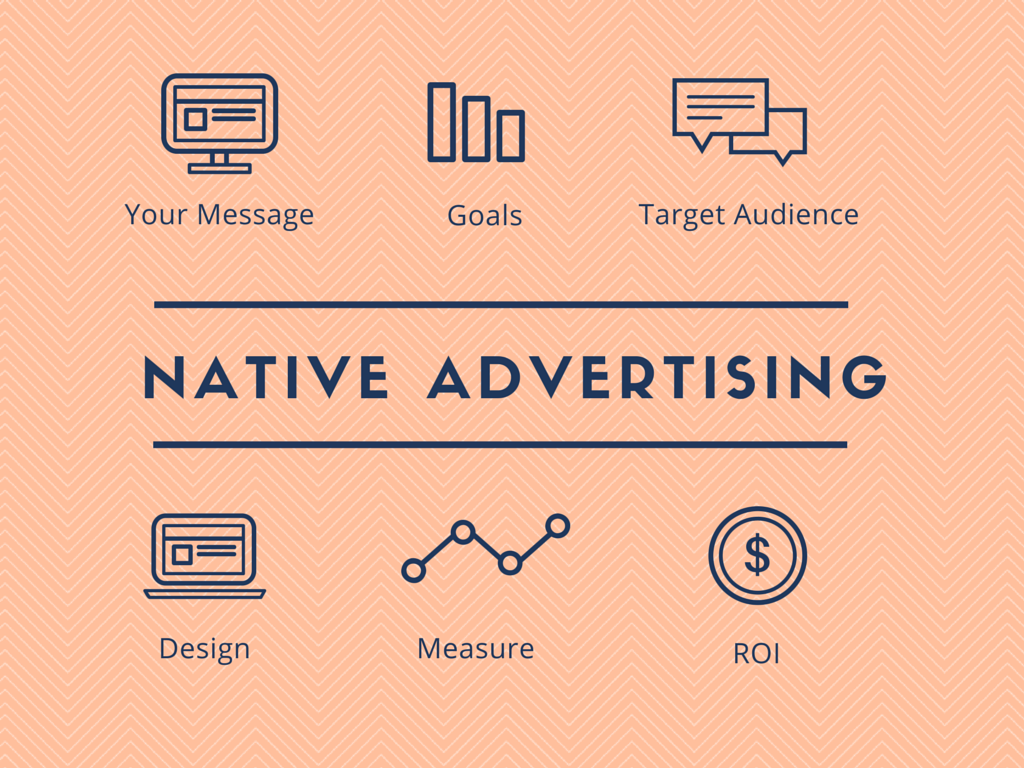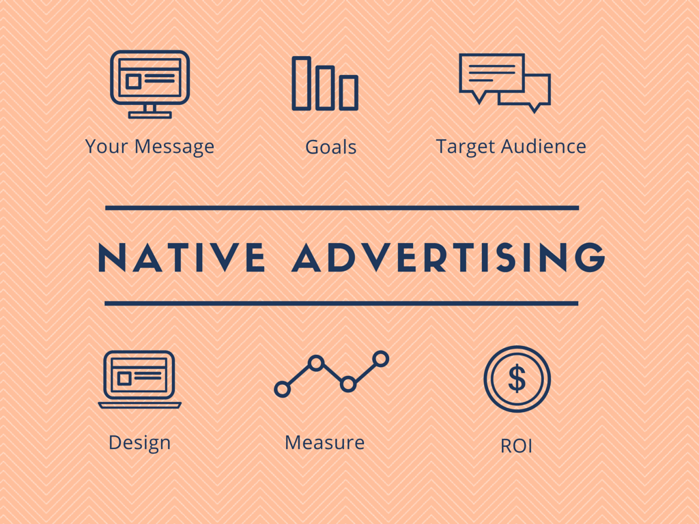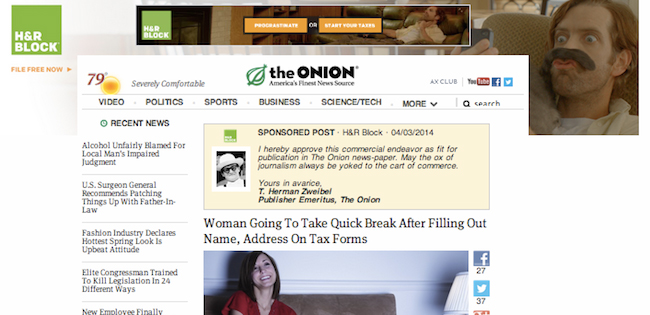- Apr 17, 2015
- By Daniel Tilmes
- In Content Marketing



We're always thinking, discovering and sharing our knowledge of how to connect with customers in the digital age. Here we share some of those thoughts.


Nowadays, advertisements are quite literally everywhere. It is heavily speculated over many different theorists but the general consensus says everyone sees around 3000 ads a day. 3000! If we do that math (and we did do that math), that would be 3.125 ads a minute assuming a 16 hours waking life. Who knows, we might even see ads in our dreams too.
This means there is a lot of saturation in the market with loads of advertising which means marketers need to adjust their advertising techniques to grab consumers attention. This is where the whole notion of native advertising comes into play.
I am glad you asked! Native advertising is a form of advertisement that is a sponsored piece of content from the company that wants to talk to you. For example, when you are looking at an article and see sponsored ads or scrolling through your Facebook or Twitter feed and see a suggested post or a sponsored tweet - those are native advertisements that are designed to engage with the consumer rather than try and sell them something. This enables the advertiser to target consumers that would be interested in their content so the ads they see are actually relevant to them.
Below is a more concrete example of what we are talking about. H&R Block gives us an excellent example of this advertising technique put to good use. It is a silly advertisement for tax preparation software where the user can choose to procrastinate or actually file taxes. It comes on a funny article from the Onion that talks about a woman taking a break from her taxes after filling out her contact information. This content, while mostly just for giggles is very relevant to the consumer reading that article because it follows what they are already interested in learning.

Also a very good question. These two are very similar especially when it comes to why they exist and why they make so much sense. The inbound methodology focuses on bringing consumers to you with content that is relevant to them and making it easy for consumers to find you. It is extremely effective because you are only going to grab the attention of the consumers that actually want to have a conversation with you. While you may not get the same volume as other marketing or advertising techniques, you will certainly see a greater interest and relevancy from the consumers who do come through the door so you can spend you time and energy focusing on clients and consumers that matter.
This is the same for native advertising. While it is a paid post or ad, it still only targets those consumers that are ACTUALLY interested in what you have to say and therefore clears the clutter that was so difficult to breakthrough before. These consumers enjoy what they see rather than just tolerate it because they want the content that is on the page.
The commonalities is that they both appeal to what the consumer wants to see. These two methods have made marketing and advertisements similar to the products and services they advertise for: they only attract the consumers that are actually interested.
Short answer, not really. A good start is to run personalized and targeted ads on social media platforms like Facebook, Twitter and Linkedin. Or, you can use Outbrain to distribute your content on publications relevant to your industry. Native advertising is a way to break through the clutter that the old advertising techniques have made and bringing back the required human element to make ads more effective that has been missing in the industry for a long time.
We know what it takes to create meaningful connections with customers.
Subscribe to our newsletter and start thinking with Cleriti.

